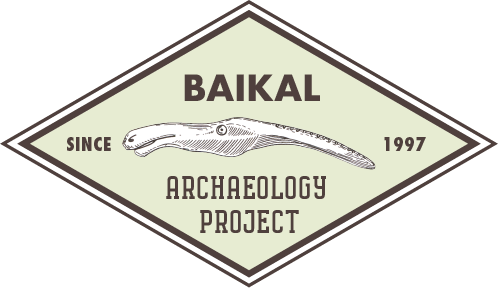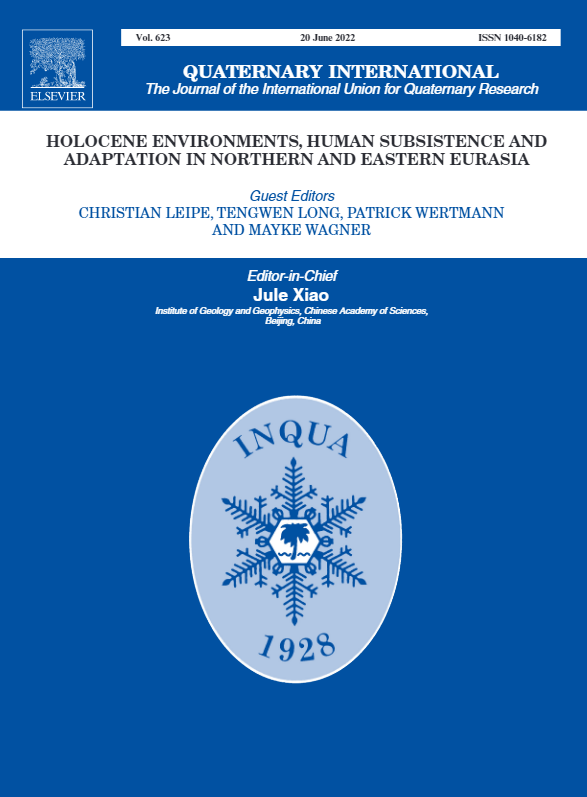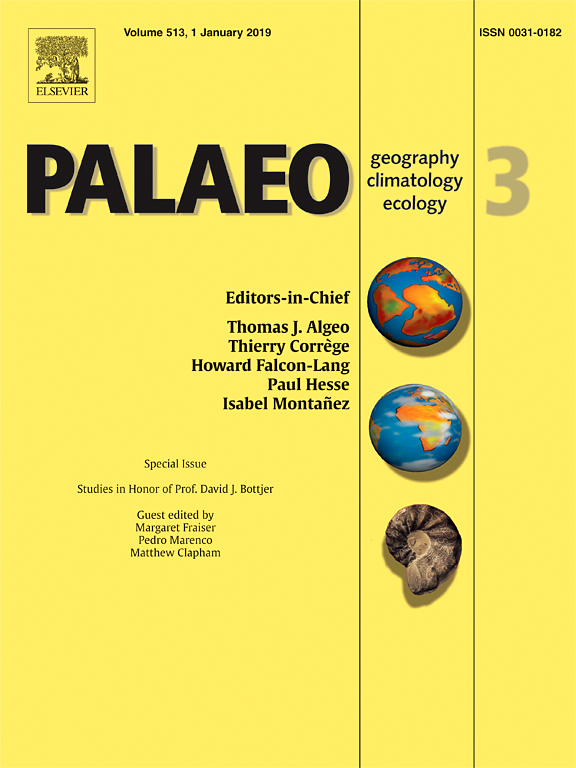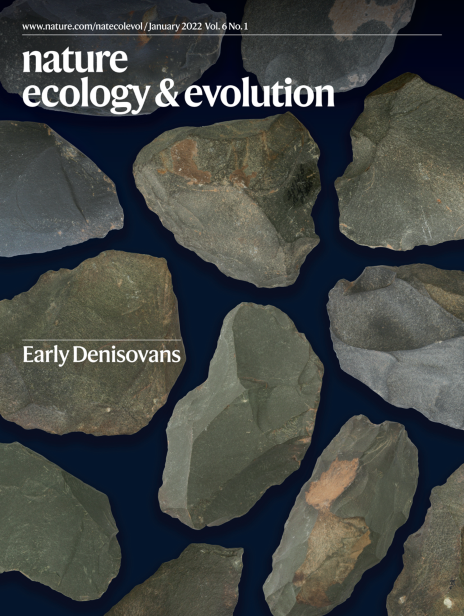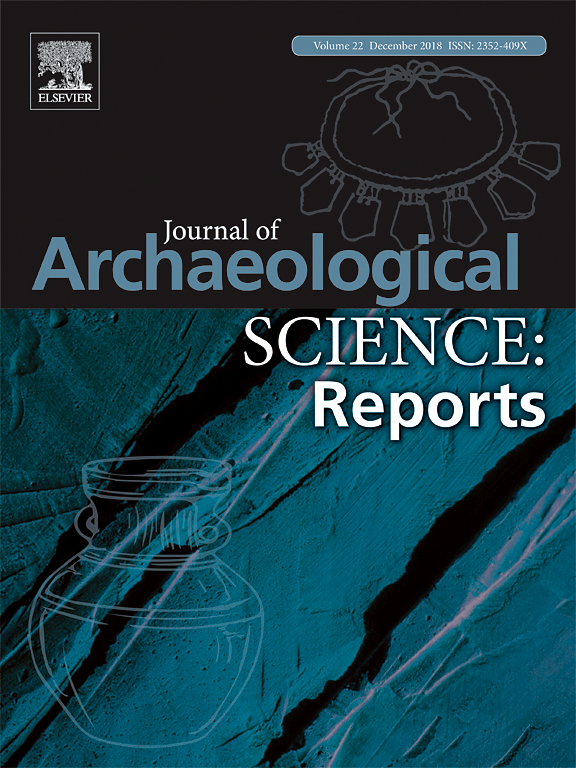Bulletin of the Irkutsk State University (Geoarchaeology, Ethnology, and Anthropology Series) 2023
Neolithic and Early Bronze Age of Cis-Baikal: Main Factors and Processes in the Development of Hunter-Gatherer Cultures [in Russian]
Weber AW
Middle Holocene hunter-gatherers (HG) of the Cis-Baikal, Eastern Siberia, display substantial spatiotemporal variation in adaptive strategies highlighted by several cultural transitions. These transitions are examined focusing on the role of the following factors: (1) changes in the distribution of the boreal forest; (2) technological innovations; (3) intensification of fishing; and (4) their combined impacts on subsistence and social structure. The expansion and retreat of boreal forest was important because it directly affected the distribution and abundance of large [...]

